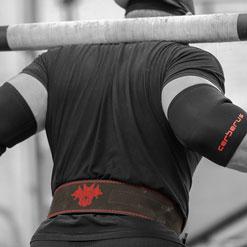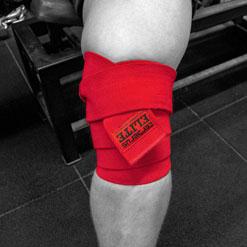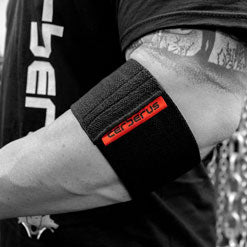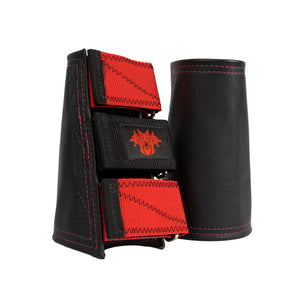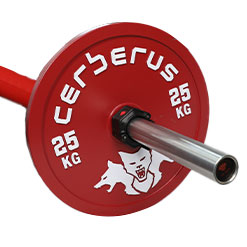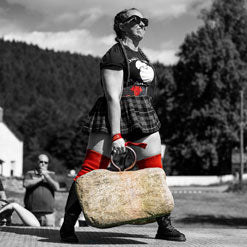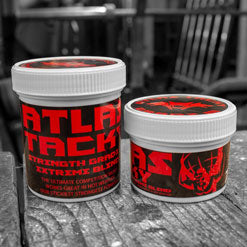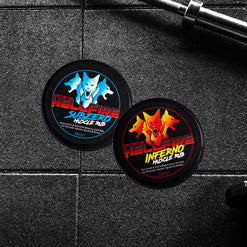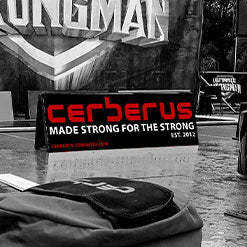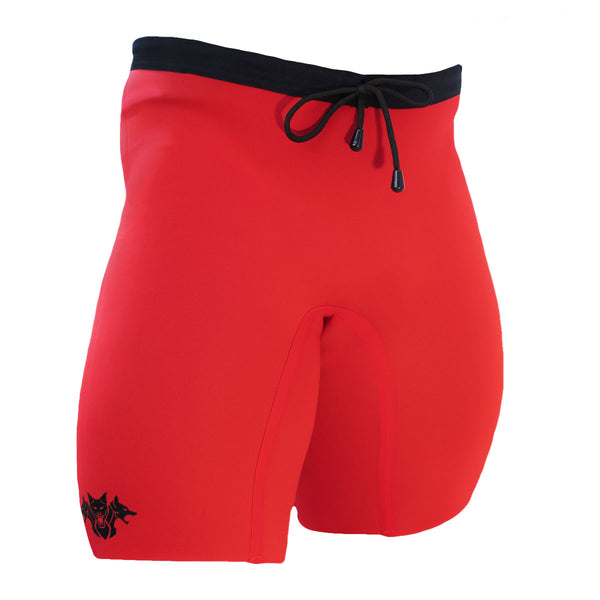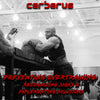
Embarking on a strongman training journey is a thrilling endeavor that combines raw strength, endurance, and a variety of unique challenges. For beginners, the world of strongman can seem daunting, but with the right approach, it becomes an accessible and rewarding pursuit. This guide aims to provide essential insights for those starting their strongman training, covering everything from foundational strength building to specific event techniques.
1. Understanding Strongman Training:
Strongman training is distinct from traditional weightlifting or bodybuilding. It involves a series of events that test various aspects of strength, including lifting, carrying, and dragging unusually heavy and often awkward objects. This sport is not solely about lifting the heaviest weights; it requires a combination of power, endurance, technique, and mental toughness. The appeal of strongman training lies in its diversity and practicality. It mimics real-world physical tasks, making it an excellent way to build functional strength. For beginners, understanding the nature of these events and the kind of physical and mental demands they entail is the first step towards successful training.
2. Building a Foundation:
Before diving into the specific events of strongman, it's crucial to develop a solid base of strength and fitness. This foundation is typically built through conventional strength training exercises like squats, deadlifts, bench presses, and overhead presses. These exercises help in building the overall muscle strength required for strongman events. Additionally, core strength plays a pivotal role in strongman training. A strong core aids in stabilizing the body during heavy lifts and carries, which is essential for performance and injury prevention. Beginners should focus on incorporating a variety of core strengthening exercises into their routine, ensuring a well-rounded development.
3. Learning Event-Specific Techniques:
Strongman competitions feature a range of events, each with its unique challenges. Common events include the log press, atlas stones, tire flips, yoke walks, and farmer's walks. For beginners, it's important to start by learning the correct techniques for these events. Initially, the focus should be on mastering the form rather than lifting heavy weights. Proper technique is crucial not only for performance but also for preventing injuries. Beginners can start by practicing with lighter weights or even using simulations of these events with available gym equipment. As proficiency in technique develops, gradually increase the weight to build strength specific to these events.
4. Equipment and Gear:
In the initial stages of strongman training, you don't need to invest heavily in equipment. Many gyms have equipment that can be used to simulate strongman exercises. However, as you progress and become more serious about the sport, investing in specialized strongman equipment can be beneficial. This includes items like logs for log presses, atlas stones, sandbags, and specific bars for deadlifts. Wearing the right gear, such as supportive shoes, belts, and joint supports, can also enhance performance and reduce the risk of injury.
5. Structuring Your Training:
A well-structured training program is key to success in strongman. This program should include a balance of general strength training, specific event practice, and cardiovascular conditioning. It's important to ensure that you're not overemphasizing any single aspect of training. Incorporating progressive overload, where you gradually increase the weight or intensity of your workouts, is essential for continuous improvement. Regularly changing your routine can also help in addressing all areas of strength and prevent training plateaus.
6. Nutrition and Recovery:
Nutrition plays a critical role in strongman training. Due to the high energy demands of the sport, your diet should be rich in proteins for muscle repair and growth, carbohydrates for energy, and healthy fats for overall health. Hydration is equally important, especially during intense training sessions. Recovery is another crucial aspect. Adequate rest, including quality sleep and rest days, is essential for muscle recovery and overall well-being. Ignoring recovery can lead to burnout and increase the risk of injuries.
7. Joining a Community:
Joining a strongman gym or club can be immensely beneficial. It provides access to specialized equipment and the opportunity to train with experienced athletes. Being part of a community offers support, motivation, and the chance to learn from others' experiences. Additionally, participating in local strongman competitions, even as a spectator initially, can provide valuable insights into the sport and help you gauge your readiness to compete.
Starting strongman training is an exciting journey into a world of diverse physical challenges. By building a strong foundation, focusing on proper techniques, and gradually increasing the intensity of your workouts, you can safely embark on this path. Remember, every strongman competitor started as a beginner, and with dedication and the right approach, you can achieve your strength goals and enjoy the rewarding experience of this unique sport.









